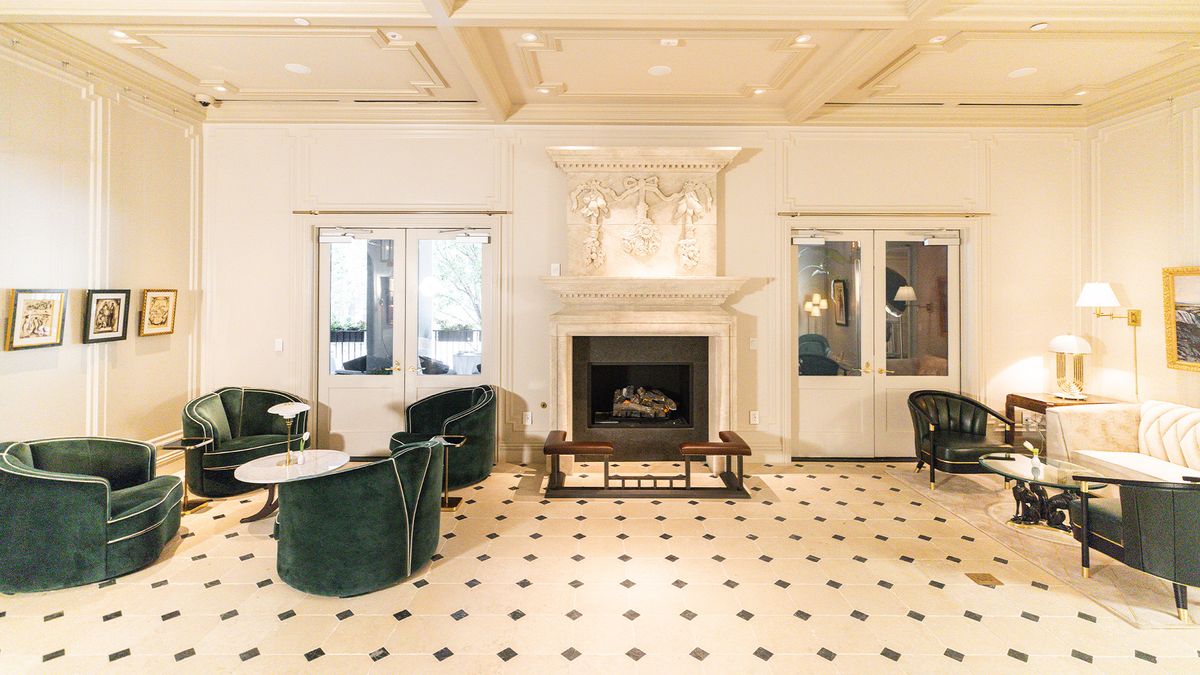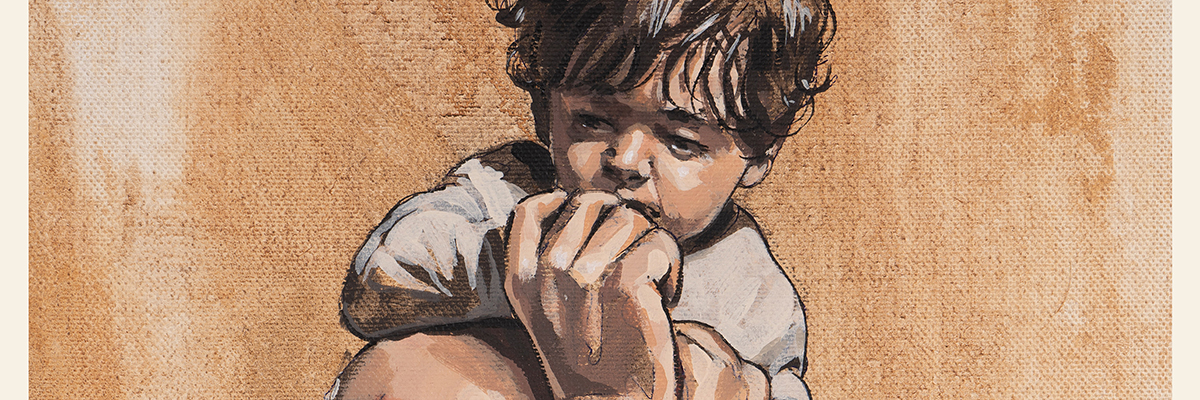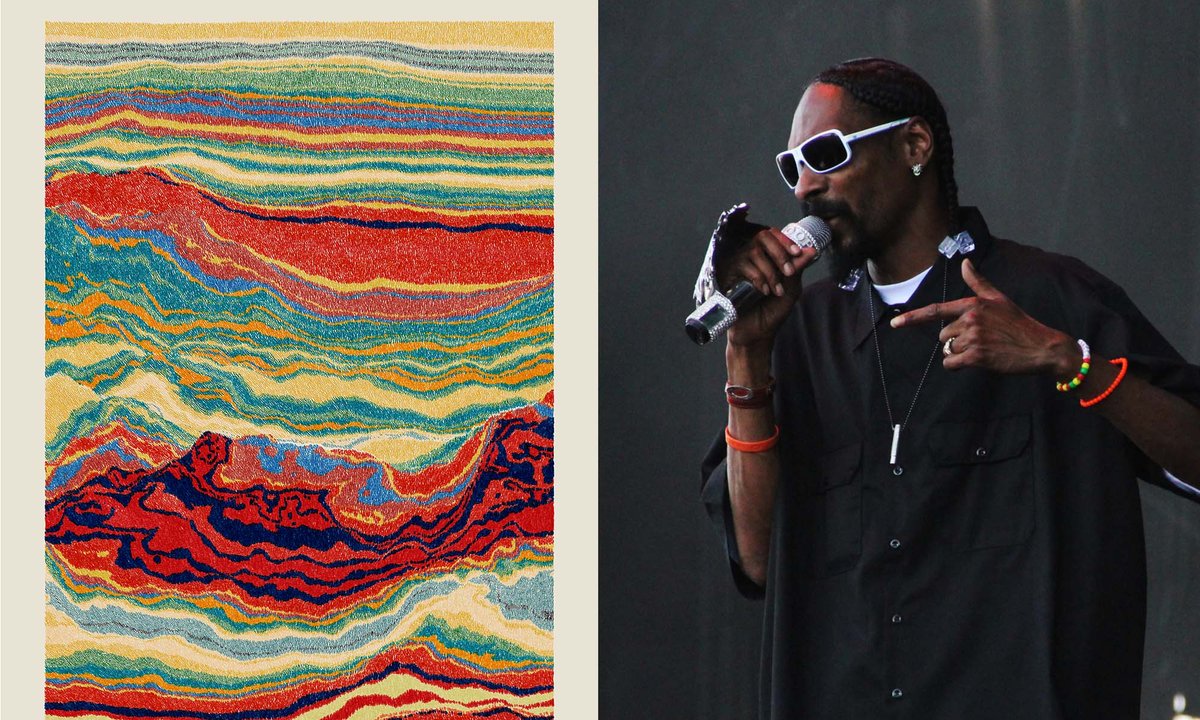Tadmur
2019 - Installation (Installation)
Audio 14:14 minutes
Majd Abdel Hamid
Tadmur by artist Majd Abdel Hamid is influenced by a book by Mustafa Khalifa titled The Shell: Memoirs of a Hidden Observer , which details Khalifa’s imprisonment in the Assad ‘desert prison’ Tadmur. Khalifa’s compelling testimonial is now considered to have enlightened the Syrian public to the atrocities being committed in their country by the Assad regime and catalyzed a political resurgence in Syria. The prison was destroyed by ISIS in 2015 and though the initial reaction by the Syrian public was largely positive, the complete leveling of the prison erases the brutal experiences of the prisoners, many of whom died and those that survived. There was no monument or memorial left in place of the prison, as a reminder of the violence perpetrated at the site, through which people could mourn or process their trauma. While Khalifa’s text lays bare the control exercised over the Syrian people’s knowledge of current affairs, Abdel Hamid’s work focuses on the parameters of their collective memory. This collection of embroideries by Abdel Hamid acts as a commemoration of the tragedies that occured at Tadmur. Accompanied by an audio recording of a monologue explaining the history of Tadmur, Abdel Hamid hand embroidered the architectural blueprints of the prison, repeated in a variety of scales and styles onto ubiquitous pieces of cloth, like a towel or tea sieve. This metholody reflects the intergenerational legacy of traditional embroidery patterns that Palestinian women have historically passed down. The exposed stitching belies the concealed violence that took place at Tadmur. In this context, the medium is subverted as an index of violence as opposed to domesticity. With the building gone, Abdel Hamid’s work asserts the necessity to acknowledge the tragedies of Tadmur in a material way.
Palestinian artist Majd Abdel Hamid’s work is akin to an archeology of violence and trauma from which he unearths the materials that weave a web of new imagination. In doing so, he regenerates the art of cross-stitch embroidery, which has become an emblem of Palestinian identity, and applies it to historical and political subjects. Whether he embroiders media images of the Syrian war, in Snapshots (2016), or the architectural prison blueprint in Tadmur (2019), he transposes these horrors into the familiar space of domestic objects and time. Through this meditative needlework, the artist operates within a performative, repetitive gesture. In his work, stitching is articulated in terms of labor, time, form, color, imagery production, and the pixel. As such, Hamid’s practice functions within an assemblage of tensions: between the fetish and the aesthetic, between the individuality of art practice and the relative autonomy of craftsmanship, the slow process of rendering stitches on a surface and the acceleration of time, imagery and trauma. His works are situated within dichotomies of construction and concealment; they devour the banality of embroidery as a celebration of national identity.
Colors:
Related works sharing similar palette

© » KADIST
Raymond Pettibon
2000Untitled (Wall Street’s Chosen Few…) is typical of Pettibon’s drawings in which fragments of text and image are united, but yet gaps remain in their signification...
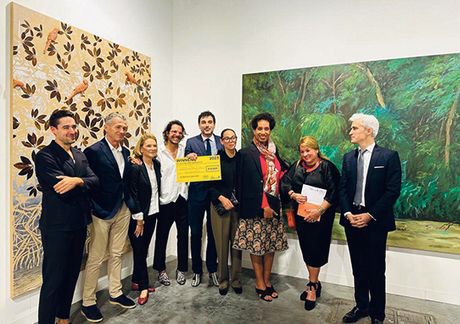
© » THEARTNEWSPER
Colombian artist Daniel Otero Torres wins French art prize Art market Museums & heritage Exhibitions Books Podcasts Columns Technology Adventures with Van Gogh Search Search Art Basel in Miami Beach 2023 news Colombian artist Daniel Otero Torres wins French art prize CPGA-Etant donnés Prize is awarded to artists either from or working in France Carlie Porterfield 8 December 2023 Share Mor Charpentier’s Alex Mor and Philippe Charpentier (fourth and fifth from left) collect Otero Torres’s prize Courtesy French Professional Committee of Art Galleries (CPGA) and Villa Albertine The Colombian artist Daniel Otero Torres, who lives and works in Paris, has been named the winner of this year’s CPGA-Etant donnés Prize, awarded by two French art bodies to promote France’s art scene to international audiences at Art Basel in Miami Beach, among other venues...

© » HYPERALLERGIC
Artist Rodrigo Valenzuela’s Futuristic Ruins Unveiled in LA Skip to content Rodrigo Valenzuela, "The Underpinning" (2023) (photo Matt Stromberg/ Hyperallergic ) LOS ANGELES — On Saturday afternoon, a crowd gathered at Los Angeles State Historic Park on the edge of Chinatown for the opening of Rodrigo Valenzuela’s new public artwork, commissioned by the local nonprofit Clockshop...

© » KADIST
Tina Modotti
1930The Italian photographer Tina Modotti is known for her documentation of the mural movement in Mexico...

© » KADIST
José Castrellón
2016Palo Enceba’o is a project by José Castrellón composed of three photographs, two drawings on metal, and a video work that creates a visual and cultural analogy between the events of January 9th, 1964 in Panama City and the game of palo encebado carried out in certain parts of Panama to celebrate the (US-backed) independence from Colombia...
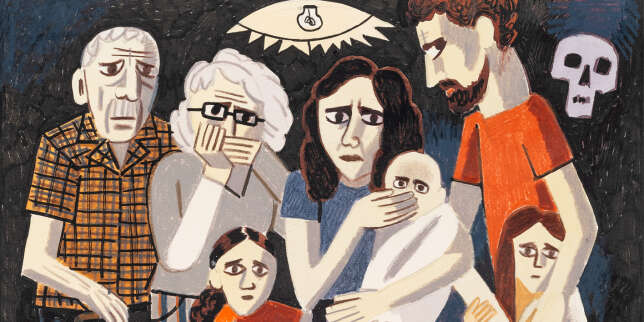
© » LE MONDE
Au Musée juif de New York, requiem expressionniste pour les victimes du 7 octobre nav_close_menu Cet article vous est offert Pour lire gratuitement cet article réservé aux abonnés, connectez-vous Se connecter Vous n'êtes pas inscrit sur Le Monde ? Inscrivez-vous gratuitement Article réservé aux abonnés « Oct...

© » GALERIA FOKSAL
Tomasz Ciecierski, AD HOC - Galeria Foksal Polski English GALERIA FOKSAL #Las Rzeczy Exhibitions Artists About gallery Contact Tomasz Ciecierski Tomasz Ciecierski, AD HOC February 3, 2023 Opening: Friday, February 3rd, 2023, 6 pm, Exhibition open from February 4th, till March 18th, 2023 Curator: Lech Stangret Galeria Foksal proudly presents paintings and collages made in 2022 by Tomasz Ciecierski, one of the most eminent Polish contemporary painters...

© » ARTS EQUATOR
10 Things You Didn’t Know About Kavadi Attam | ArtsEquator Thinking and Talking about Arts and Culture in Southeast Asia ArtsEquator Radar Joy Ho / Jawn October 24, 2020 10 Things is a series of three short animated videos, each focusing on a lesser known traditional artform – Dikir Barat, Kavadi Attam and Nanyin...

© » SOUTH CHINA MORNING POST
Art Basel Hong Kong shaping up to be biggest in years, with 242 exhibitors signed up | South China Morning Post Advertisement Advertisement Hong Kong economy + FOLLOW Get more with my NEWS A personalised news feed of stories that matter to you Learn more Art Basel Hong Kong will welcome 242 galleries for its fair next year, organisers have said...

